Review: HTC Wildfire S
Aug 9, 2011, 8:45 AM by Eric M. Zeman
The HTC Wildfire S is a compact, yet capable, Android 2.3 Gingerbread phone for T-Mobile. Does this $80 smartphone turn up the heat, or does it flame out? Find out in Phone Scoop's full review.
Form
Is It Your Type?

Not into the super slab? Looking for something daintier or less massive, perhaps? HTC's diminutive Wildfire S offers a solid feature set at lower price point in a smaller, friendlier handset.
Body
The Wildfire S is a compact touch phone that strikes a good balance between size and performance. It lacks the mega power that some of its larger HTC siblings do, but it makes up that with a much smaller, more portable, and more comfortable-to-use phone. It is slightly on the chubby side and wrapped in white plastics. It also has a small chin at the bottom, keeping up the old HTC Android bloodlines (remember the G1?). In addition to the white plastics, it has silver accents around the black display. Overall, it is an attractive mix of hues.
It feels great in the hand. The rounded side edges make for an extremely comfortable fit in the palm. There are no sharp angles, just a lot of nice, gentle curves. The Wildfire S has a good weight to it: heavy enough that it feels solid and well made, but not so heavy as to be annoying. Though the majority of surfaces feel plasticky, the build quality is excellent. HTC knows how to put phones together, and the Wildfire S is no exception. Everything fits together tightly. This is one of the more pocket-friendly devices I've reviewed in a while. It'll go with you anywhere, and won't be a burden, even if your jeans are the spray-on variety.
About three-quarters of the front fascia is taken up by the display. Under it, HTC has placed four capacitive buttons for the standard Android controls (Home, Menu, Back, Search). These touch buttons worked well, though I didn't think they lit up enough, which meant it could be hard to tell which one you're about to press when using the phone in the dark.
HTC's signature sliver-of-a-volume toggle is on the left side of the Wildfire S. It's a good 1.5 inches long, and though it doesn't have any nubs or notches, but it has the best travel and feedback of any HTC volume toggle I've used this year.
Other controls are left to a minimum. There's a microUSB port below the volume toggle. There's no hatch covering it, making it easy to use at any time. The power/lock button is on the top. It also has excellent travel and feedback. The 3.5mm headset jack is also on top, right where I like the headphone jack to be.
Looking for a dedicated camera button? You won't find one. Nor will you find easy access to the microSD slot. You'll have to remove the battery cover to get to that. The cover comes off easily.
For a phone this small, HTC's minimalistic design approach really works well. It is not covered in buttons and other distractions. It has clear, clean lines that define the different aspects of the design, and has highly functional controls.
The Three S's
Screen
The Wildfire S's display measures a tight 3.2 inches, and it sticks to 320 x 480 pixels in order to keep costs down. While this is a low-rez display by today's standards, it still manages to look good. The "screen door" effect is visible from time to time, and you can see slightly jagged edges on some of the graphical elements, but it's mostly good. Brightness was decent, though not as good as HTC's Super LCDs are. It manages indoors just fine. Outdoors, however, it was nearly useless and had me running for shade.
Signal
The Wildfire S does pretty well as far as T-Mobile phones go. It was able to find T-Mobile's network no matter where I took it, and never lost the signal entirely. It registered anywhere from one to four bars at any given time, but low bars didn't have an impact on the ability to make calls or connect to the data network for some surfing. The Wildfire S never dropped any calls, but it missed several.
Sound
The Wildfire S surprised me a bit. Voice quality was excellent, and the earpiece speaker was loud enough to overcome an extremely noisy coffee shop (as well as other places). Even in loud environments, calls were very clear and easy to understand. With the volume set to the max, there was no distortion in the speaker, just clear, loud voices on the other end. The same can't quite be said for ringers, alert tones, and the speakerphone. These three all lose some steam relative to the earpiece speaker. Sure, you'll hear the phone when it's nearby, but if you're on a different floor, forget it. Same with the speakerphone. It's OK, but could be much, much louder. Call quality through the speakerphone was still good, however. The vibrate alert was a bit weak. I can easily imagine missing texts or other messages while in a club, at a bar, or even at dinner in a busy restaurant.
Battery
With its smaller screen and less power-hungry processor, the Wildfire S did very well with respect to battery life. It quite often lasted from 7AM one day to about 5PM the next, or 33 hours in total. That's decent in my book. Heavy use, such as streaming media via the 3G network, sapped the battery faster, but even then it lasted for more than a full 24 hours. I expect most users will want to charge every night just to be sure they can get through a whole day consistently, but if left unplugged for a night, you're not going to be up a creek.
Basics
Menus
Disappointingly, the Wildfire S uses an older version of HTC's Sense software on top of Android 2.3 Gingerbread. This older version (2.1) of Sense is still highly capable, but lacks some of the best new features to come from HTC in recent months (such as the awesome lock screen short cuts).
Sense 2.1 includes support for up to seven home screen panels, and most of them are preloaded with T-Mobile and/or HTC software and widgets. The central screen has the awesome HTC clock/weather widget along with shortcuts to essential apps such as the browser and messaging. There's a dock at the bottom of all seven home screen panels that includes access to the main app menu, the phone, and HTC's customization tools.
On the customization side, the Wildfire S lets you create different Scenes (profiles) and Skins (visual appearance). The Scenes are great for customizing the phone's home screens based on what type of activity you are pursuing (weekend, workday, business trip, etc.).
The main application menu is the same as it has always been, though it includes the ability to be viewed in list mode, sorted alphabetically, or sorted via last date used/installed.
The biggest benefit of Sense 2.1, aside from the easily customized home screens, are the little touches sprinkled throughout the Android interface that make the phone feel easier or more natural. For example, Sense 2.1 makes is a snap to sort the apps in the main menu with a slider tool along the bottom of the screen.
Performance is good, but not great. With a 600MHz processor powering the Wildfire S, it could be slow at screen transitions and opening applications at times. It's not nearly as slow as some of the earliest Android devices, but it was noticeable.
Calls/Contacts
Since the software phone button is available on all the home screens, getting to your phone calls is pretty easy. By default, it opens with the dial pad on the bottom half of the screen and your top favorites above it.
The phone app automatically sorts through your contacts as you type their name so you can easily jump though a large contact database quickly. You can also use the sliding tool at the bottom of the screen to sort through your favorites, groups, and so on.
As with most Android phones, if you've synced the Wildfire S with a Facebook account, the device automatically adds not only your friends' Facebook profile pictures to their contact info, it also ports over any phone numbers stored in their Facebook profile. This is helpful.
The synergy between the calling and contacts apps is very well done with Sense. I like what HTC has done to make them one tool, rather than separate functions.
The Wildfire S also includes T-Mobile's Wi-Fi calling feature. It allows you to access your contact database, but isn't as pretty or seamless as the HTC phone and contacts applications are. With Wi-Fi calling, calls are placed over Wi-Fi through your home broadband network rather than T-Mobile's cellular network.
Messaging
The Wildfire S tackles email, SMS, MMS, IM, Twitter, Facebook, MySpace, Picasa, Flickr, etc. with gusto.
There are several different avenues to get your email. First, there is the generic email program for Exchange, IMAP and POP accounts, which offers a nice user interface for sorting through messages. Then there's the native Gmail client, which continues to be great. There's also a T-Mobile-branded email application, though it's rather crummy, and I can't imagine why you'd want to use it.
The native Android SMS app is on board and works just as it does on other Android handsets. Google Talk is the only native IM app on board. Want more? Go fishing in the Android Market.
There are a number of ways to connect to social networks with the Wildfire S. First, there's HTC's FriendStream. The FriendStream app reaches into your Facebook and Twitter accounts and pulls down status updates in a stream that you can look at quickly. It can also be used to cross-post your own status updates. HTC's Peep application can be used as a substitute for Twitter, though I prefer the official Twitter application on Android devices. The native Facebook app is also better than FriendStream for really interacting with your account.
Visual voicemail is also present and accounted for.
Extras
Media
Music
The Wildfire S includes a handful of avenues through which you can get your fix of old Prince and Madonna songs. First, it has the stock Android music application. HTC hasn't done anything to modify this software or make it more usable. It's not a terrible piece of software, but it is bare bones and skips advanced features. At least The Wildfire S includes doubleTwist's syncing software so side-loading isn't a complete pain in the rear.
The Wildfire S has an FM radio (headphones required). The FM radio works well. I was easily able to dial in the closest stations to where I live, but some of NYC's stations were more difficult to find and lock in.
The Wildfire S also ships with Slacker Radio if you're into streaming music rather than sideloading it or listing to boring old FM radio.
Lastly, the HTC Hub is on board. This is the only option pre-installed if you're interested in browsing for and purchasing music directly from the handset. It's not the most robust offering on the market, but a respectable percentage of today's Billboard Top 40 hits were available. The more obscure junk I listen to was harder to locate. You can always download the Amazon MP3 Store if you don't like HTC's selection.
Video
The Wildfire S gave me trouble with video content that I sideloaded. Unprotected content (MP4s that I ripped on my own) wouldn't play in the Gallery/Video Player apps, despite the fact that the same files have played on nearly every other phone I've tested this year. Phone Scoop is still waiting for an explanation from HTC on this issue.
The stock YouTube application is on board, and any video captured with with Wildfire S itself plays back in the gallery application.
Camera
Camera
The Wildfire S has a 5 megapixel camera with touch-to-focus and a flash. These three camera attributes make for a solid base when it comes to shooting your friends, family, or that crazy guy walking down the street with the thing on his head.
The camera's tools are a fairly standard lot for an HTC device. The basic viewfinder has a scroll bar on the left side of the screen for zooming in/out, and some shortcut controls on the right (access to video camera, flash, effects, and photo gallery). The full settings menu is accessed by pressing the capacitive menu key on the Wildfire S, and it offers a host of options for fine-tuning the behavior of the camera.
Press the on-screen software shutter button to capture images. The touch-to-focus worked fairly quickly, but it lagged just a wee bit. This laggard behavior was evident in other camera functions, though not all the time. If you've left a lot of apps running in the background, the camera app appears to take offense and slows down. If you don't have a lot of other programs hogging system resources, it will work just fine.
Gallery
The Wildfire S's photo gallery allows you to see images on the device broken down into folders or all together, depending on your preference. It offers access to some basic editing tools, such as crop, rotate, and effects. The effects aren't advanced, but let you perform some basic repairs when it comes to fixing exposure, contrast, etc. Sharing possibilities are nearly endless, as the Wildfire S incorporates most major social networks and photo-sharing services directly into the gallery software.
Photos/Video
Photos
I was generally pleased with the performance of the Wildfire S's camera. The camera is one feature that HTC didn't cheap out on, and the imaging tools produced good results. Most images I captured were in focus, had good color and white balance, and were mostly free of grain and other digital artifacts. I saw white balance problems a few times indoors only when the lighting was tricky, but the Wildfire S did a good job almost all the time. The flash helps in darker environments, but isn't as bright as some of the dual-LED flashes on higher-end devices. Outdoor shots all looked quite good.
Are the results worth sharing? Absolutely. Anywhere and everywhere you can.
Video
HTC had to cut costs somewhere. Disappointingly, the Wildfire S is confined to 640 x 480 video capture. It's not quite the 720p HD for which I was hoping. It can't quite deliver on the sheer number of pixels that some of its competitors do, but the Wildfire S does a reasonably good job at collecting video.
The focus and colors of video I shot all looked good. Where the Wildfire S failed was grain. There was a lot of it, especially in poorly lit environs. I also noticed some inconsistencies in exposure control, but it wasn't terrible.
Worth sharing? Sure, it's not bad, though I don't know if it's HDTV-worthy.
(video no longer available)
Browse/Customize
Browser
The Wildfire S uses the same stock Android browser as is found on most Android devices. It renders full HTML web sites in fine form. Most web sites load quickly, though I found the Wildfire S to be a hair slow from time to time. It connected consistently, however.
Customize
As an HTC Sense phone, the Wildfire S can be adjusted in about a million different ways. Home screen panels can be completely customized, and the users can set up different profiles, themes, and other features to make the Wildfire S their own. It's a shame that the latest version of Sense isn't on board, but it is likely owners of the Wildfire S won't miss it.
Extras
Apps
The Wildfire S isn't loaded up with too much bloatware. There are 42 apps installed out of the box, with the bulk of them Google's own apps/tools. While the Wildfire S doesn't have Sense 3.0, it does have Android 2.3.3 Gingerbread. That means it is compatible with the bulk of apps available in the Android Market.
Bluetooth
The Wildfire S can connect with mono and stereo headsets with no problems. I didn't encounter any issues when pairing different devices, and sound quality was very good. Phone calls were nearly perfect via Bluetooth, and even music through stereo Bluetooth headphones was acceptable. The Wildfire S also supports the ability to pair with computers and other phones and pass files back and forth.
Clock
The Wildfire S has a good clock that appears on the lock screen. It is a large, white digital clock on a dark background, making it easy to see, even from an arm's length. Once unlocked, the Wildfire S has the standard HTC digital clock plus weather report on the home screen.
GPS
Google Maps is the only navigation software available on the Wildfire S out of the box. I really like the latest version of Google Maps (v5.8) because it now offers offline use (in case you roam out of network coverage) as well as 3D maps for a limited number of cities. T-Mobile typically offers TeleNav's navigation software, but it isn't on this phone for some reason. Of course, you're free to scour the Android Market for your favorite brand of navigation tools.
Wrap-Up
It's tempting to think that an inexpensive smartphone is going to suck, but that's not the case with HTC's Wildfire S. Even though it has some stripped down features (no front camera for video chat, no dual-core processor,) the features it does include work nearly flawlessly.
It's a solid little phone that is comfortable to hold and use. The battery life was very good for a smartphone, phone calls sounded great, and signal performance was good.
On the media side of the fence, the Wildfire offers basic music and video tools that work. They may not have all the latest doo-dads, but what's there is done right. The camera, browser, and third-party apps all work well.
If you're on a budget, the HTC Wildfire S will set you back just $80. For the low sales price and fantastic usability of the Wildfire S, it is a hard little smartphone to beat.

Comments
No messages


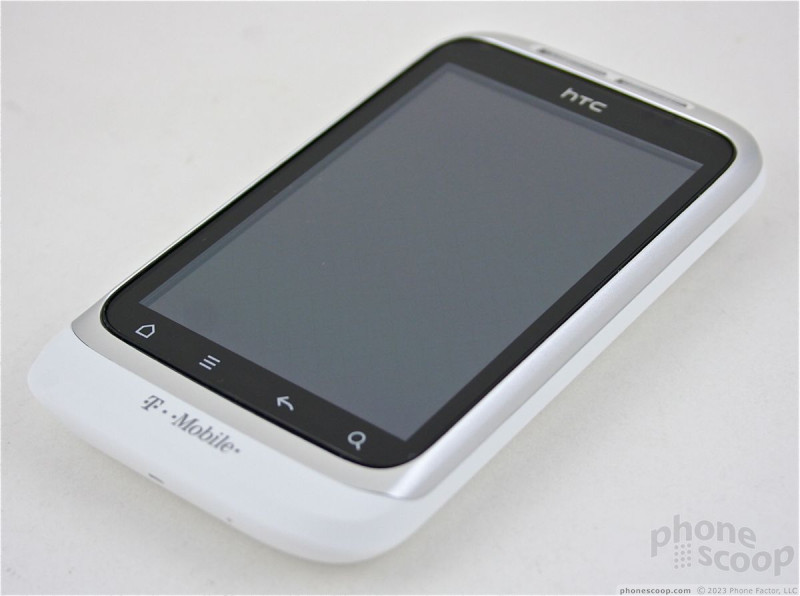










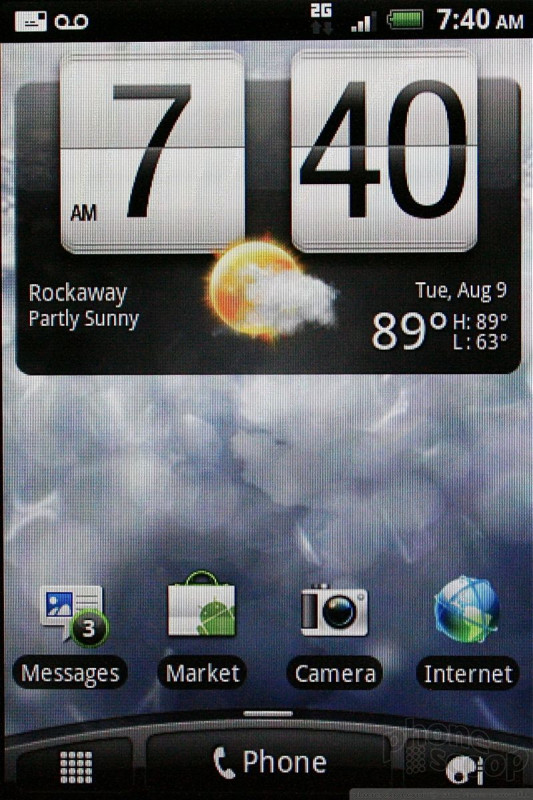




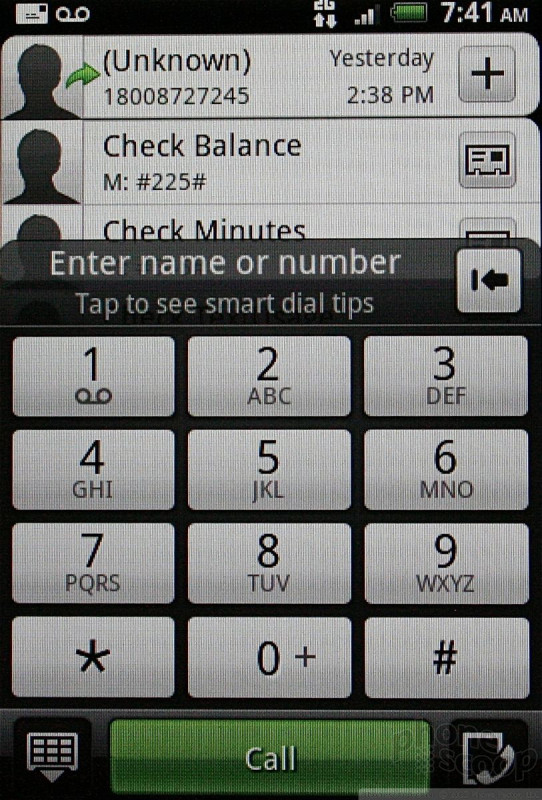








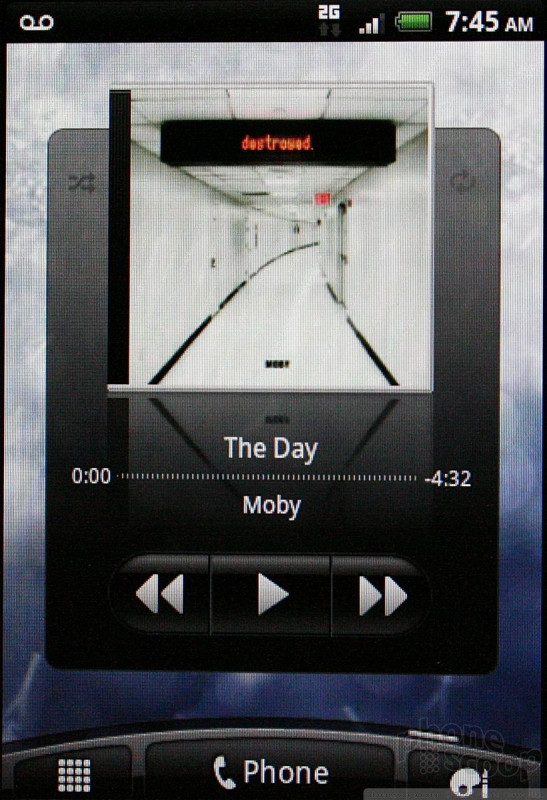




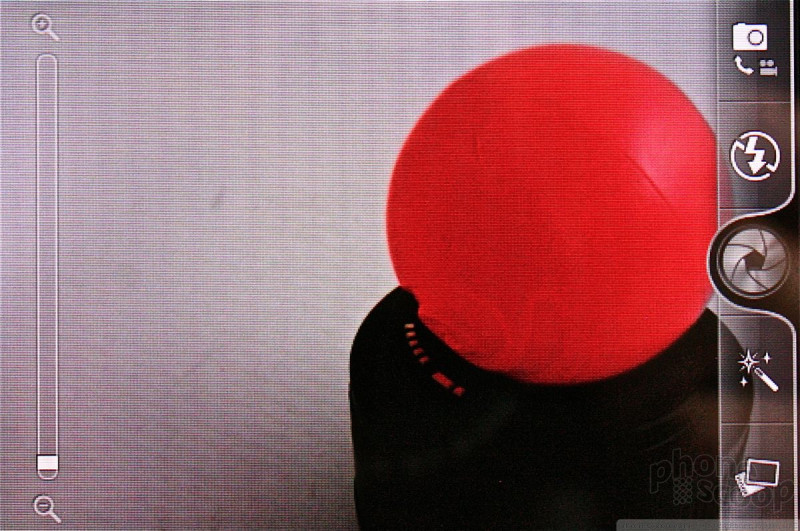







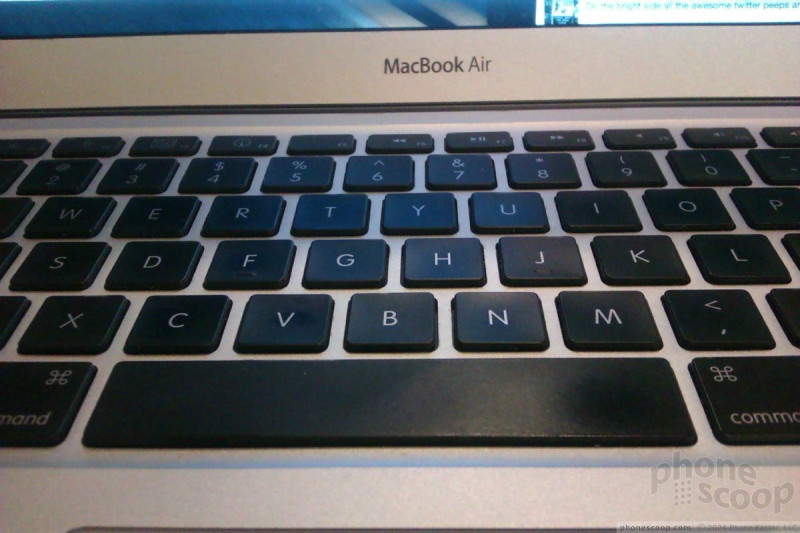



















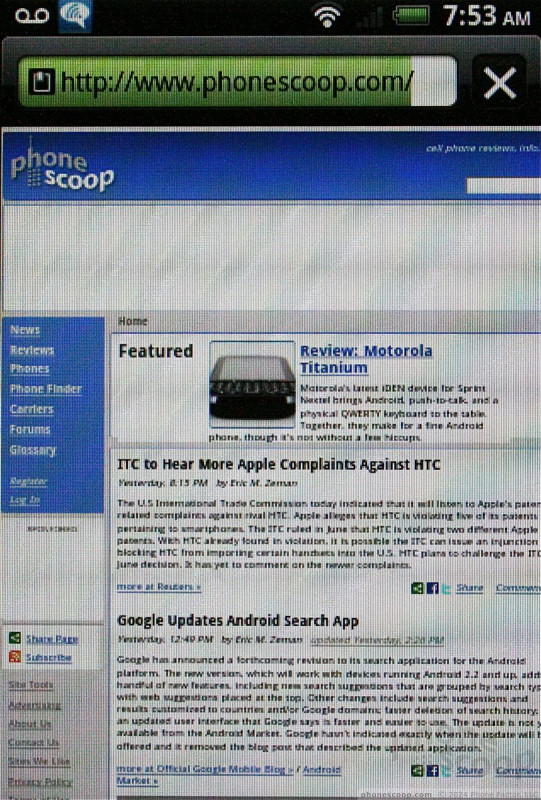



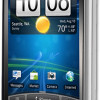 HTC Wildfire S Streets on T-Mobile Aug. 3 for $79
HTC Wildfire S Streets on T-Mobile Aug. 3 for $79
 How To Turn Off an iPhone
How To Turn Off an iPhone
 How To Turn Off an Android Phone
How To Turn Off an Android Phone
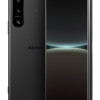 Sony's Newest Compact, High-End Phone is the Xperia 5 IV
Sony's Newest Compact, High-End Phone is the Xperia 5 IV
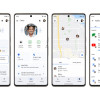 Google Overhauls Android's Parental Controls
Google Overhauls Android's Parental Controls
 HTC Wildfire S (GSM)
HTC Wildfire S (GSM)



